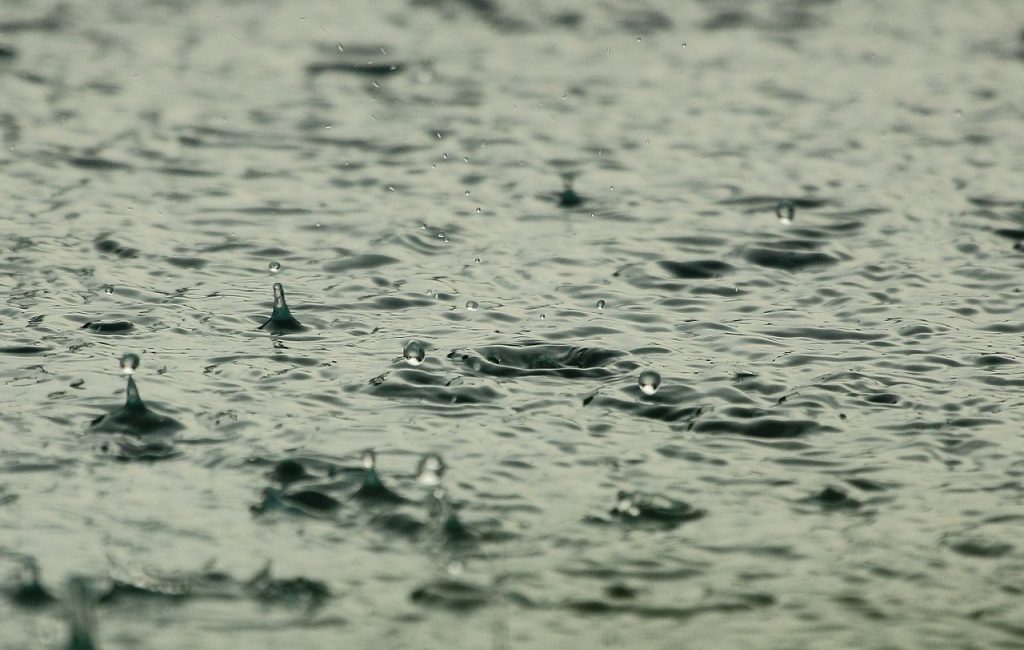LOGAN – Scientific American magazine has reported on California’s rains and flooding from what the National Weather Service is calling a “seemingly never-ending parade” of strong storm systems since December.

The barrage of moisture sometimes referred to as atmospheric rivers started in late December with exceptionally wet air shooting across the ocean and dumping massive volumes of rain or snow on coastal states and beyond.
The moisture has dump uped over 41 feet of snow on the Sierra Nevada Mountain Range and continued east dumping snow and rain on all parts of Utah.
Officials are planning for the worst and hoping for the best as they prepare for the deep snow to thaw and run into rivers and streams.
Kirt Lindley, the Dam tender for Hyrum reservoir, said he hasn’t stored a drop of water yet.
“All of the water coming in to the reservoir is going out,” he said. ”I’m not concerned with Hyrum Dam water storage.”
He doesn’t anticipate saving any water for at least 20 days.
“The only way that would change is if the storms in the next few days take all the snow away,” Lindley said. “Then I will evaluate if I need to start saving water.”
So far, the water has been manageable. He is just watching the water coming into the dam and passing it through to the gates.
“I’m sure if we get a lot of rain the river is going to be pretty full,” he said. “If we get an inch or two of rain it should go into the ground. However, I don’t think the ground is saturated or frozen enough so the ground should absorb quite a bit of water.”
He said Porcupine Dam still has 25 feet of room so they are not panicked.
“They’ve been storing water all winter,” Lindley said. “To my knowledge, they aren’t releasing any water.”

David Zook, Cache County Executive, said the county has been coordinating with the different cities to make sure everyone is ready if things get ugly with water.
“We have been doing a lot of things to prepare,” he said. “We have been holding internal meetings, checking storm drains and monitoring the weather,” he said. “We’ve been meeting and making plans to determine a response to problems when they come.”
The county has been attempting to plan responses for two emergency situations and mapping their resources.
“We are hoping there is a gradual snow melt, but there is close to record if not record level of snow in Cache Valley,” Zook said. “We have two scenarios that we are planning for.”
One is there if a rapid warm up or rain similar to what we had in February 2017. There was a pretty warm storm and it rained on top of the snow, and there was no place for it to go.
“We could have a scenario something like that,” he said. “Or we have a slow snowmelt, and the rivers will be full if the snow melts the first in February or something like that.”

Regardless of the scenarios, the county and cities are hoping to be ready for what may come.
Utah State University Extension recently provided a list of things to help residents prepare their homes and property for potential flooding.
By taking the necessary steps, you can minimize the damage caused by spring flooding and keep your family safe. Remember, the best way to stay safe during a flood is to stay informed, stay prepared, and stay alert.

